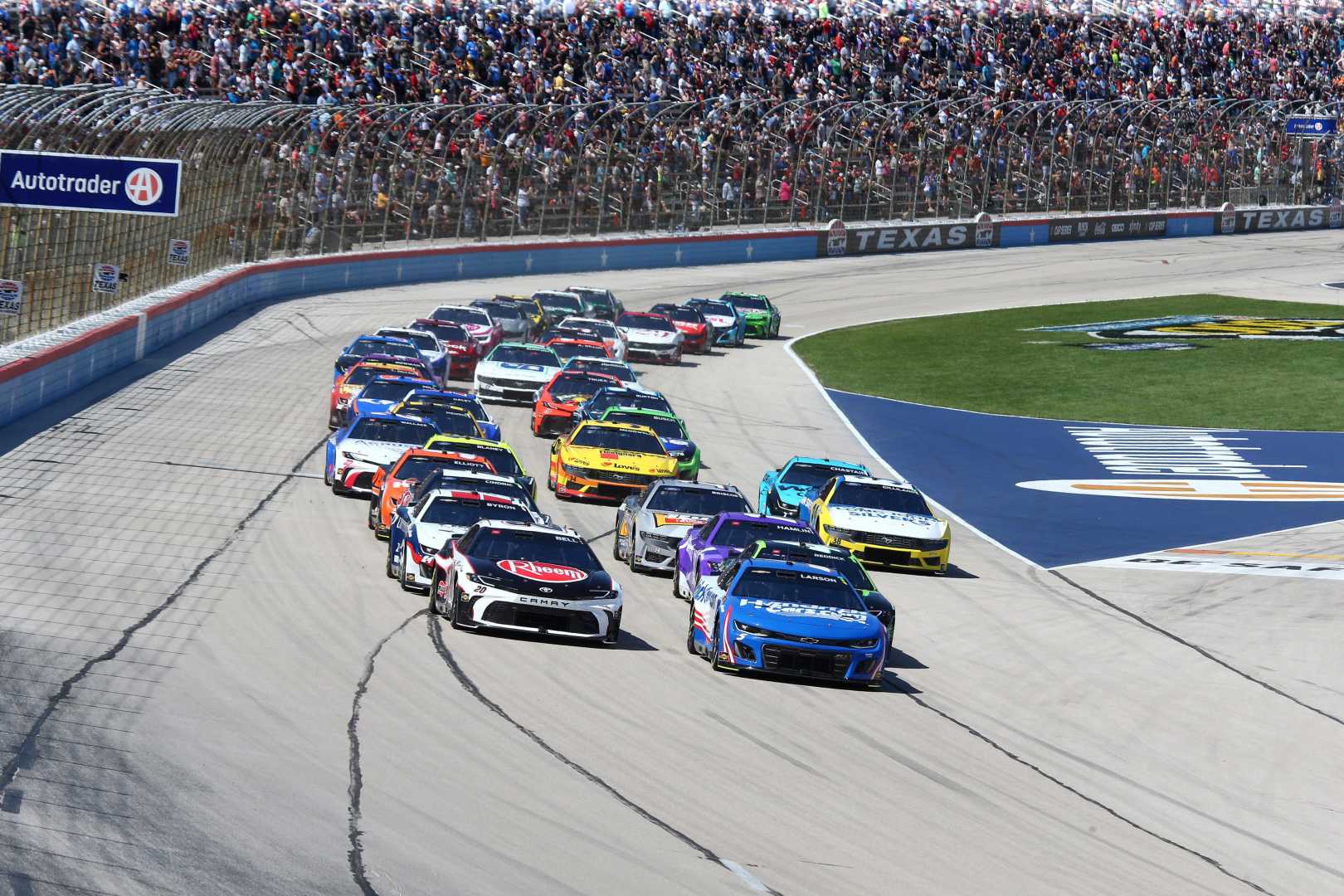Sports
Texas Motor Speedway Faces Criticism for Poor Race Conditions and Broadcast Challenges

Fort Worth, Texas – Texas Motor Speedway has encountered significant issues over the past decade, impacting the quality of racing. Since 2016, the track has struggled to maintain competitive conditions due to a drainage crisis that forced a resurfacing of its 18-year-old surface and a reconfiguration of turns 1 and 2.
Efforts to enhance grip by applying PJ1 TrackBite may have initially widened the racing groove, but continued use prevented the natural groove from developing, leading many to describe the track as akin to a new repave, albeit with a troublesome bump in turn 4 that poses risks for drivers.
Fans have expressed frustrations on social media, noting the challenge of overtaking at various tracks. However, data from NASCAR‘s Loop Data supports that passing was down by 44.2% compared to last year’s race at Texas. Despite an increase in caution periods, the total number of caution laps remained similar, eliminating those as a reason for the lack of action on the track.
The cooler temperatures on race day might offer a partial explanation for the lack of passing, but the small difference isn’t sufficient to account for the notable decline. Viewers on FOX Sports 1 watched long stretches of single-file cars early in the race, making it difficult for the broadcast team to create excitement.
Strategies to enhance race coverage, like highlighting drivers making gains, appeared underutilized. While some spotlight was given to drivers making early moves, many of the top finishers received limited coverage, leading to confusion as they surged forward seemingly out of nowhere.
As tensions mounted due to several wrecks, varied pit strategies brought unexpected excitement to the race. However, coverage around specific strategies appeared rushed, and post-race interviews were conducted in a manner that may have created friction between the onsite media and television partners.
During the broadcast, unusual moments arose, such as a segment featuring Jamie McMurray feeding a baby kangaroo, which seemed out of place amidst the race commentary. Despite some technical advances showcased, such as FOX’s analysis of a close finish to determine the leader, the overall broadcast struggled to engage audiences due to the lack of racing for position.
Generally, viewers appreciated seeing the entire field take the checkered flag, a rarity in broadcasts today that often focus on celebratory moments for winning teams. Although the race fell short on excitement, it was noted that this broadcast was an improvement over last year’s event.
Looking ahead, the NASCAR Cup Series will visit Kansas Speedway this weekend, joined by the NASCAR Craftsman Truck Series and the ARCA Menards Series. Upcoming critiques of races will continue to address the ever-evolving landscape of sports broadcasting and race experiences.












